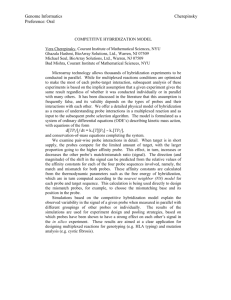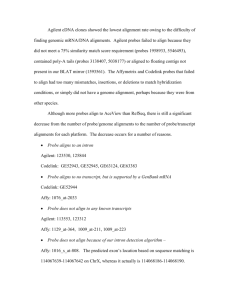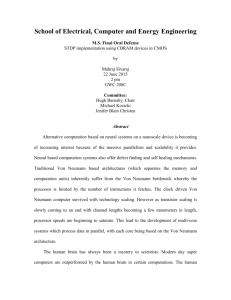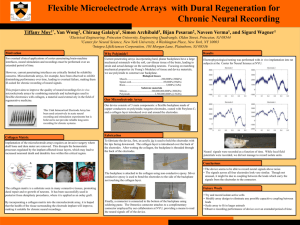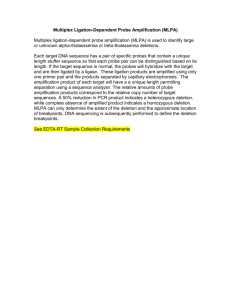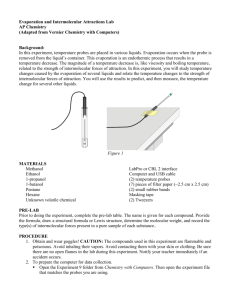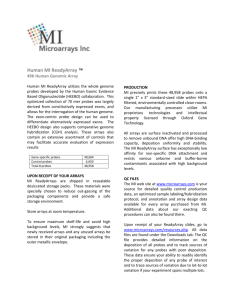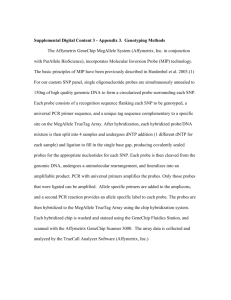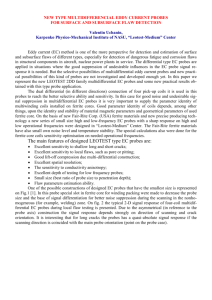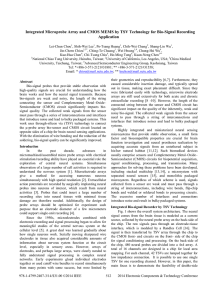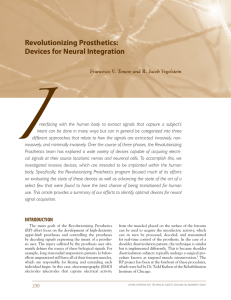Moore`s Law in Neural Science? Optogenetics is a technology used
advertisement
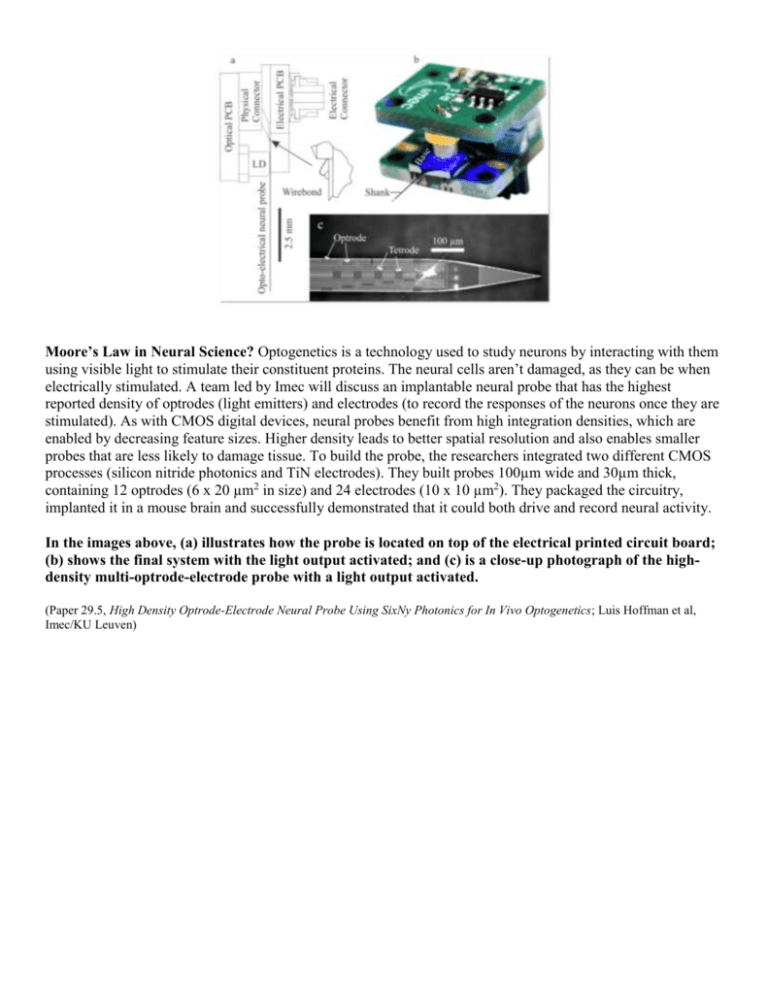
Moore’s Law in Neural Science? Optogenetics is a technology used to study neurons by interacting with them using visible light to stimulate their constituent proteins. The neural cells aren’t damaged, as they can be when electrically stimulated. A team led by Imec will discuss an implantable neural probe that has the highest reported density of optrodes (light emitters) and electrodes (to record the responses of the neurons once they are stimulated). As with CMOS digital devices, neural probes benefit from high integration densities, which are enabled by decreasing feature sizes. Higher density leads to better spatial resolution and also enables smaller probes that are less likely to damage tissue. To build the probe, the researchers integrated two different CMOS processes (silicon nitride photonics and TiN electrodes). They built probes 100µm wide and 30µm thick, containing 12 optrodes (6 x 20 µm2 in size) and 24 electrodes (10 x 10 µm2). They packaged the circuitry, implanted it in a mouse brain and successfully demonstrated that it could both drive and record neural activity. In the images above, (a) illustrates how the probe is located on top of the electrical printed circuit board; (b) shows the final system with the light output activated; and (c) is a close-up photograph of the highdensity multi-optrode-electrode probe with a light output activated. (Paper 29.5, High Density Optrode-Electrode Neural Probe Using SixNy Photonics for In Vivo Optogenetics; Luis Hoffman et al, Imec/KU Leuven)





